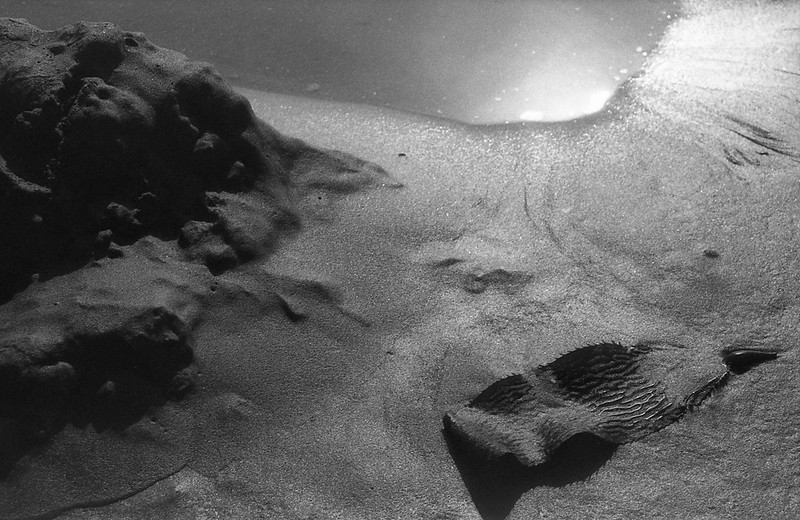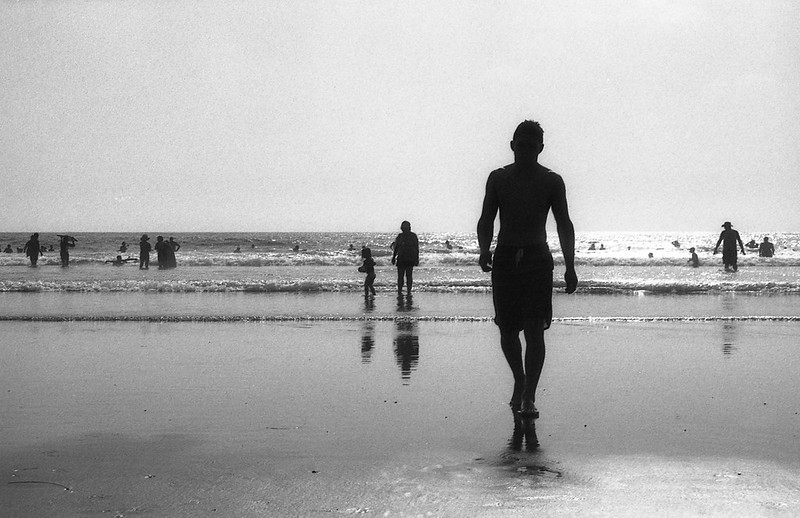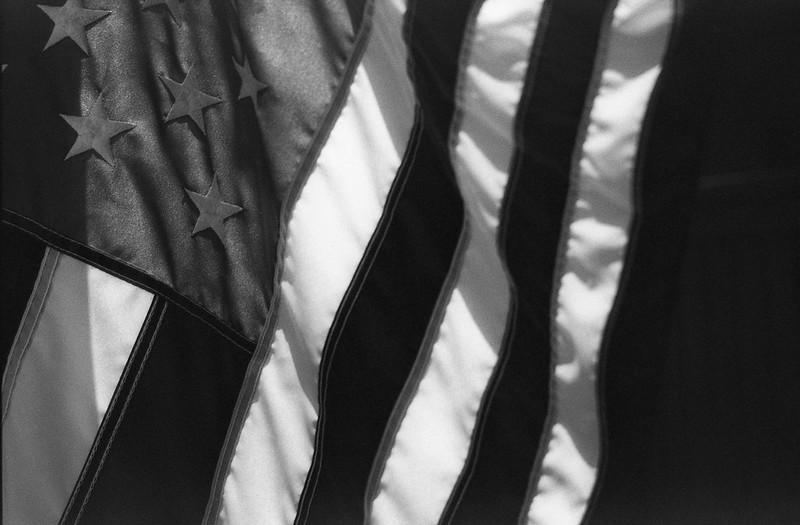I like using expired film. It is cheap and slow and grainy and contrasty and just suits my style of photography well. I use fresh film too sometimes. Really it just depends on what is on hand. I don't keep a second refrigerator dedicated to large stockpiles of film. I have enough to give me a selection to choose from. Most of what I have right now is expired 35mm film. I do have a 100 ft roll of expired 70mm Vericolor III that I use in my Brownie 2a. But back to the actual topic. A while back, I traded some film over on the Filmwasters Forum and I received 10 rolls of 36exp Ektachrome 64D that had expired in the 80's. The person who bought it tried it and didn't like the greenish background fog. Apparently, the film had not been stored properly and was showing signs of age. I decided to take some of it off of his hands with the intention of doing experimental redscale and pinhole kinds of things with it (which I have done).
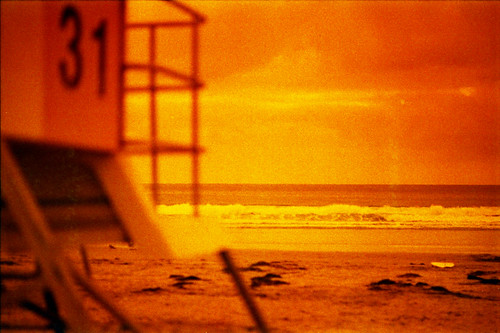

After a few rolls like that, I thought "Why not just shoot a roll of this straight and cross process in C41?" Okay, so what iso do I shoot expired fogged film? The rule of thumb is to add a stop for every decade past expiration. That gives me 3 stops for the expiration and puts the film at iso 8. That's a little slow even for me, so I decided to try iso 12 and see what happened.
The first roll I loaded into my Chinon CP5 with a nice prime 50/1.9 lens. I was going to a football scrimmage to see my son play, so I thought I would take it along. The event was at a local junior college which I knew would be mostly abandoned, giving good opportunities for architecture or landscape types of shots. I shot the roll and developed it in Unicolor C41, my usual for CN film. I was really surprised at how well the colors turned out. It is definitely cross-processed and the added contrast and color shifts give it that sort of 'lomo' look. Here are a couple from that day.

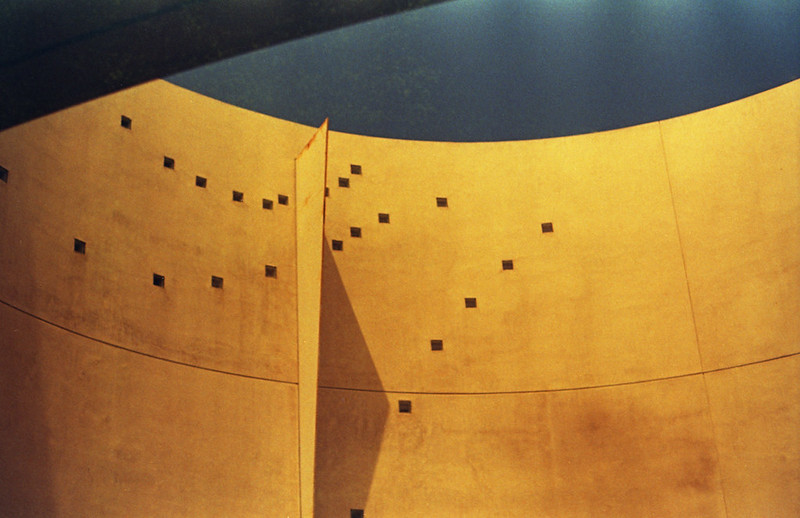
This film does well in the bright San Diego sun, so when the football team announced that they were having a car show as a fundraiser, I thought it would be another great opportunity to see what this film could do, this time with brightly colored subjects. Again, the film did great, this time in my Nikkormat FTn with the venerable Nikkor 50/1.4. It seems that these shots had less base fog, but that could be attributed to a few different things, so I'll probably just call it 'anomalous' and move on. Here are a few from the car show.
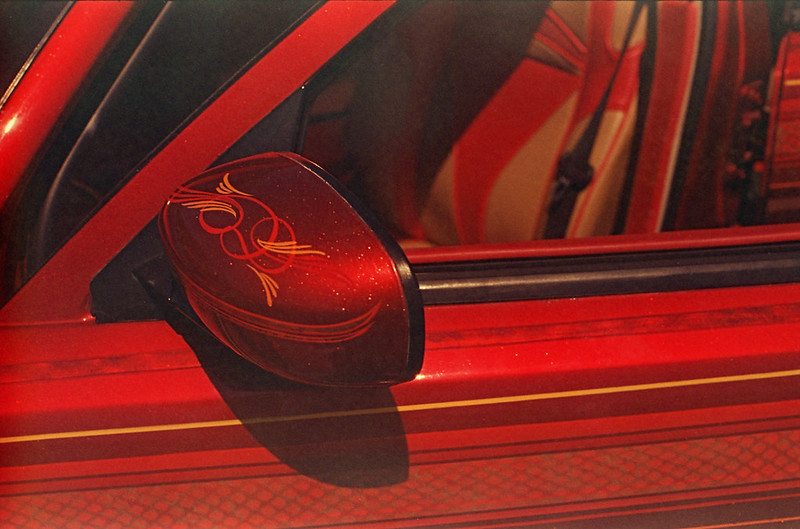
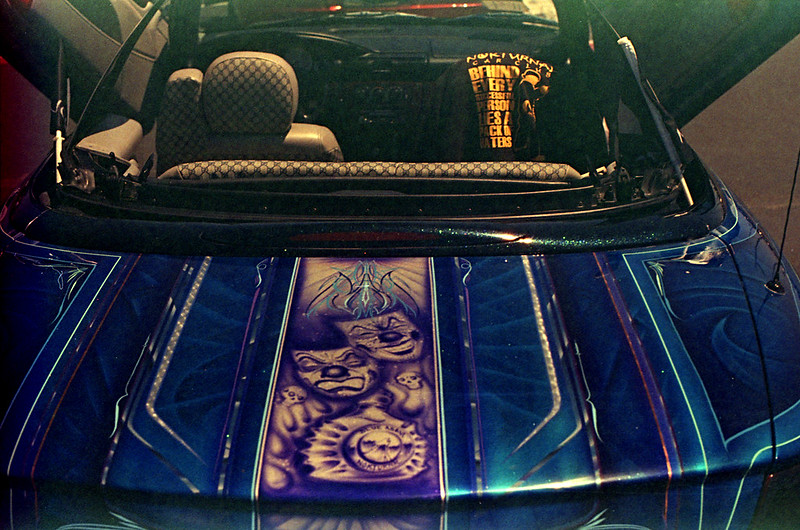

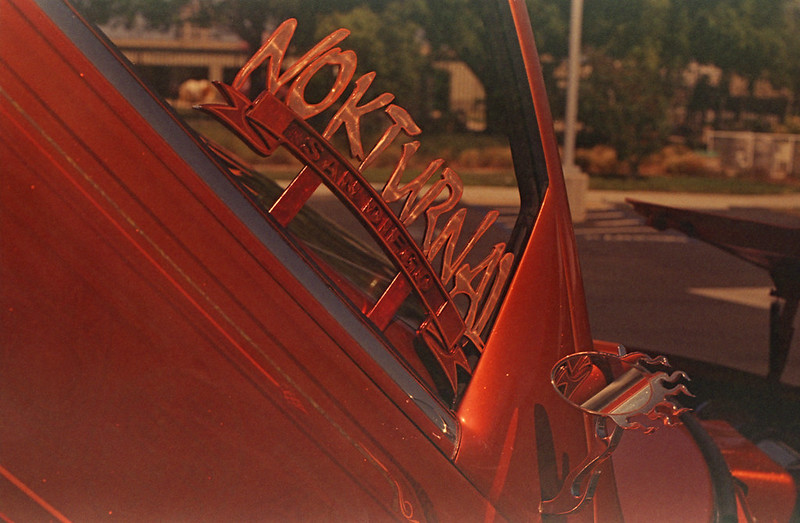
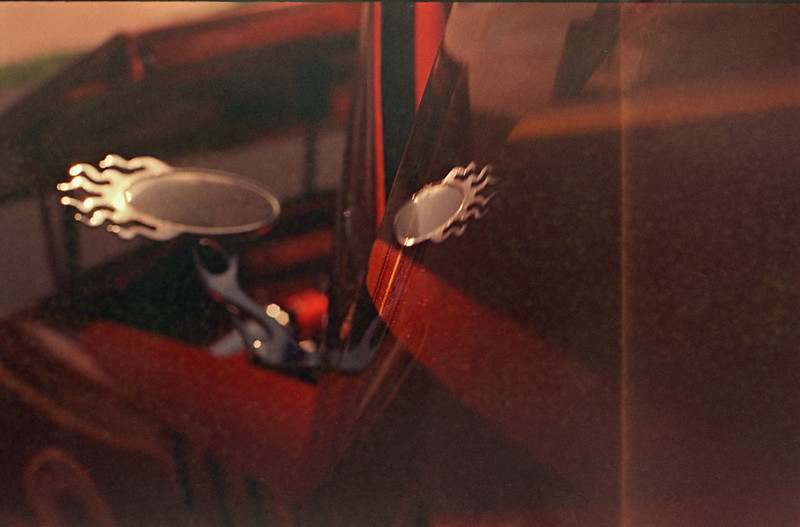 That last one with the fog and the light leak is my favorite. I like the visceral quality of this old film, and I like making up stories about its tortured past.
That last one with the fog and the light leak is my favorite. I like the visceral quality of this old film, and I like making up stories about its tortured past.
So go find some old expired Ektachrome and see if it doesn't do a little magic in your camera.

